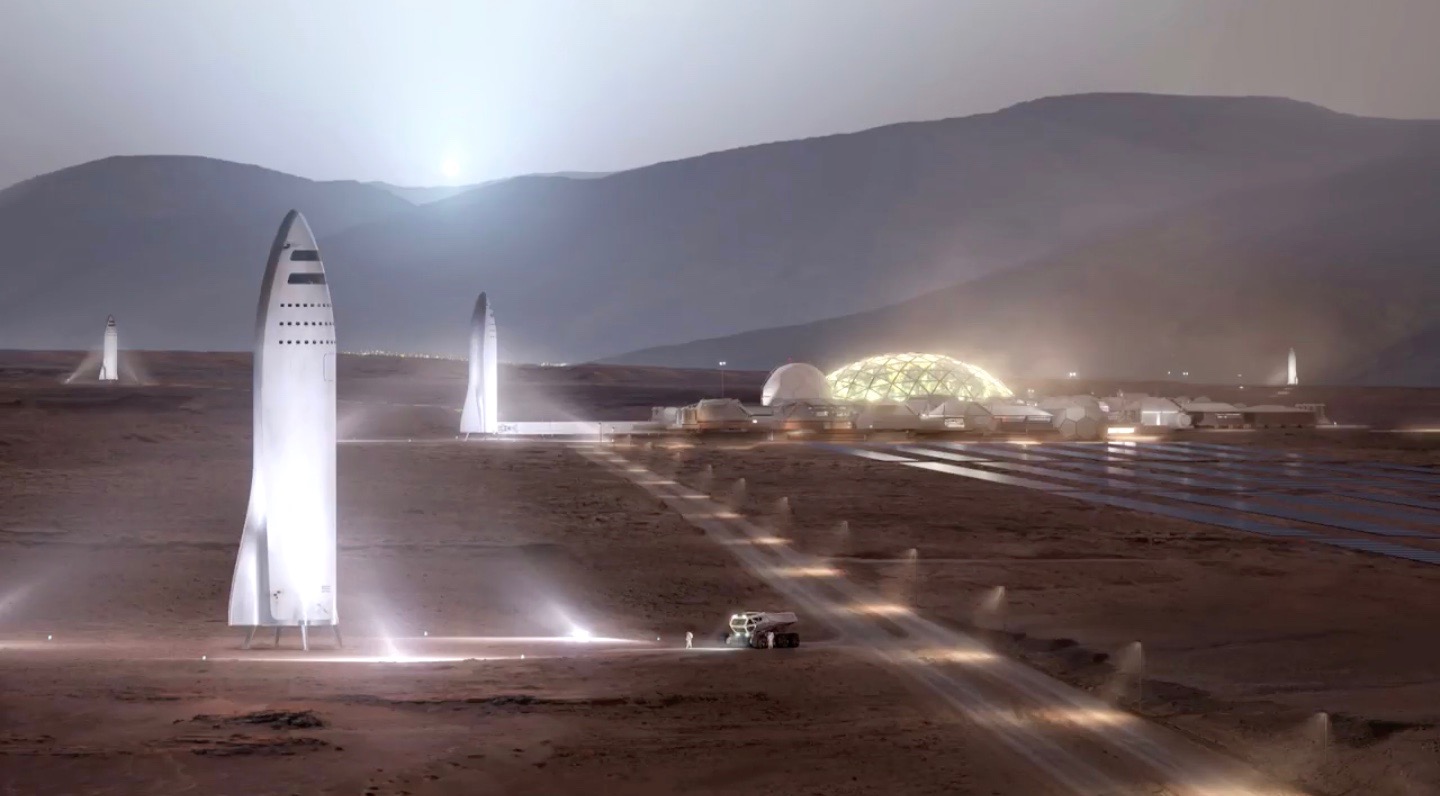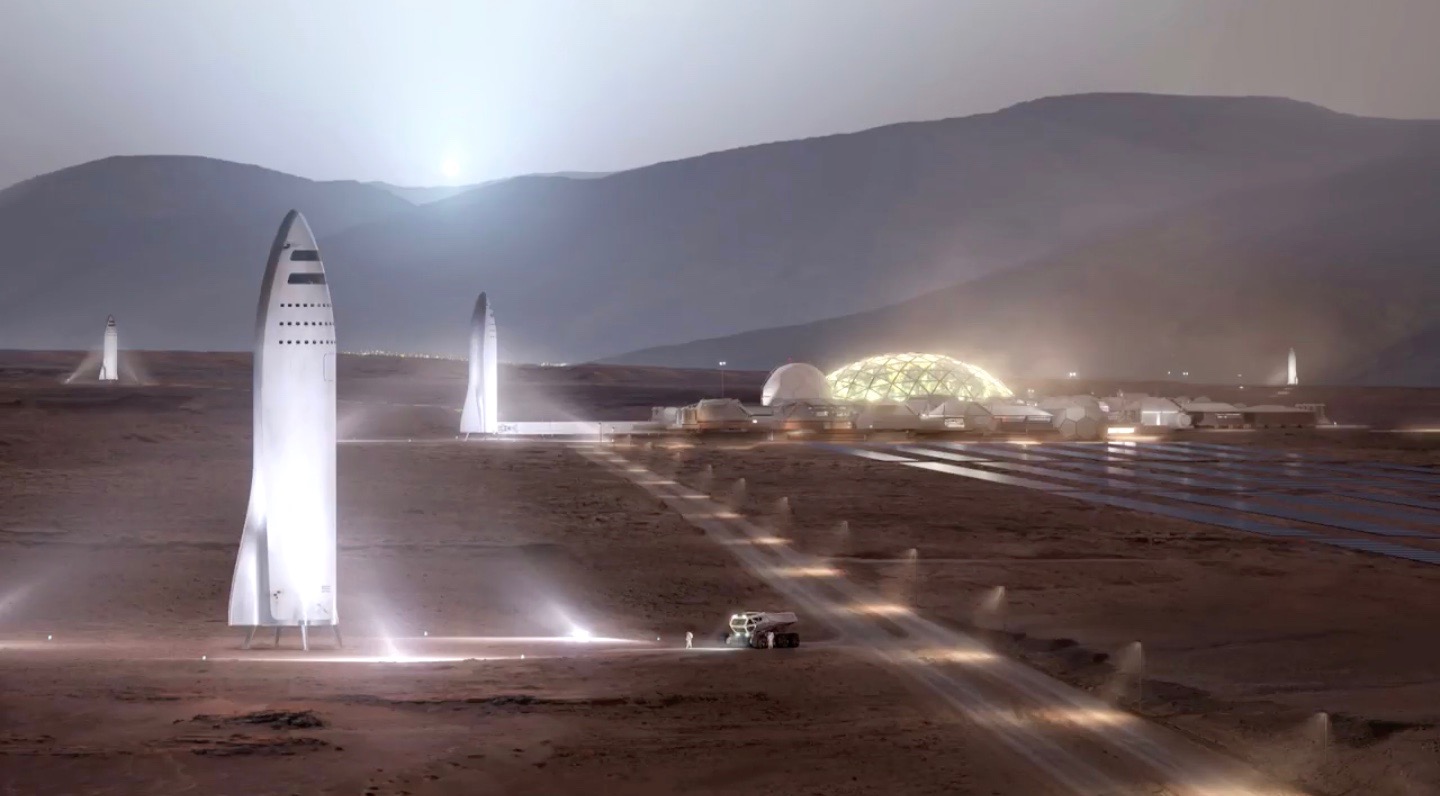
Will SpaceX Be The First In The World To Colonize Mars?
Since SpaceX started construction in Boca Chica they have been progressing at a pace never seen before in the space industry. With the innovation of Starship and their launch site Starbase, it becomes more convincing each day that they might be the first responsible for colonizing Mars. However, they have a very ambitious goal and are not the only ones that want to put humans on the red planet.
What Is Their Plan?
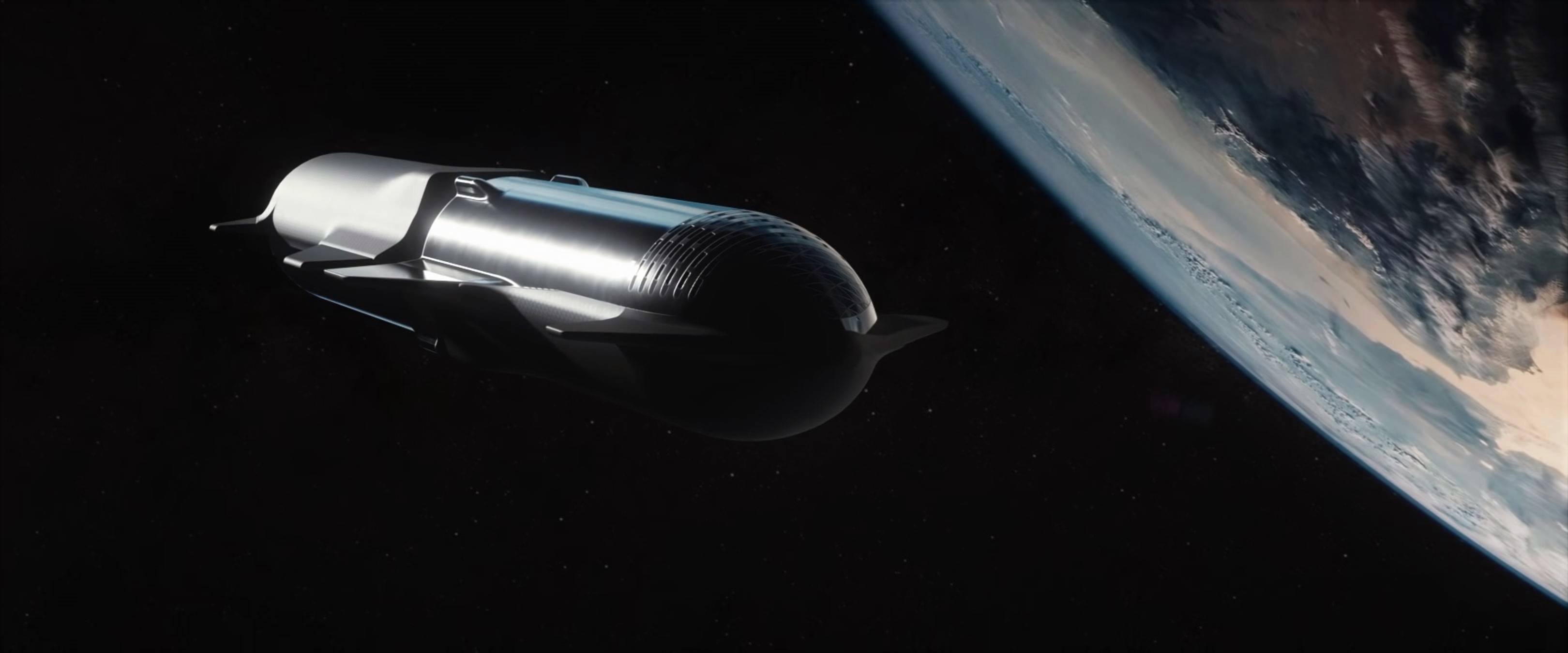
Right now Musk has stated that they are aiming for an uncrewed mission to land on Mars by 2024 and the first-ever crewed missions by 2026. Currently, the plan consists of finishing their Starship rocket and producing hundreds of them. Once they have many at their disposal they will launch multiple uncrewed rockets to Mars.
During these cargo missions, they want to not only ensure they can safely land Starship on the planet but also check for water resources and any hazards. The other thing they want to do with these cargo missions is bring a lot of the necessary supplies to the Planet before humans get there. This includes power, mining equipment, and life support infrastructure.
Once they have done their first cargo mission, assuming everything went according to plan, they will then send humans. More specifically two years after the cargo mission they will send four ships. Two will hold humans and the other two cargo, with the additional two only holding supplies. At this point, they want to set up a production site on the planet and work on building up a base that they can expand in the future.
What Rocket Will They Use?
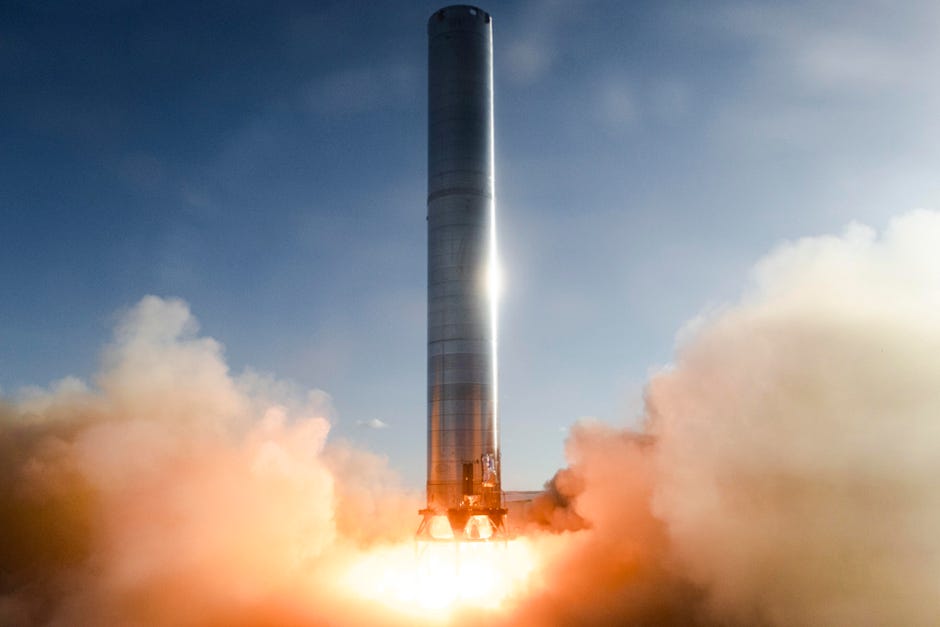
The rocket they are currently developing for the trip to Mars and beyond is Starship. Starship is a fully reusable rocket and one of the most powerful rockets in the world once completed. Currently, Starship is still in production in Boca Chica. However, SpaceX has been making very fast progress and Starship has its first orbital test coming just around the corner.
Starship is very unique in a lot of ways. The most obvious being that it’s fully reusable. Starship has two stages. The first stage is called Super Heavy and the second stage is named Starship. After launch and booster separation the plan is for Super Heavy to orient itself back to Earth using its grid fins. While falling it will complete multiple landing burns to slow it down.
SpaceX then wants to catch the booster out of mid-air using large arms attached to the launch tower. As for the upper stage Starship, it will enter the atmosphere similar to the Space Shuttle, belly down. The main difference is that Starship will not need a runway to land. Starship belly flops all the way down then right at the end relights its engines and flips to an upright position. This allows the first stage to land anywhere like on the ground of Mars.
Another special part about Starship is the size and cost. Coming in at 120m tall it will be the tallest operational rocket in the world. Even taller than the famous Saturn V which brought humans to the Moon. This size combined with its power will help bring massive amounts of cargo and humans all the way to Mars and beyond. The other incredible part of Starship is the launch cost. SpaceX’s current aim is for each launch to cost $2 million. For comparison, the average Space Shuttle launch was around $450 million. This low cost will allow SpaceX to create and launch many rockets in a short period of time. Learn more about Starship by checking out another one of my articles about it here.
Their Competition
SpaceX is not the only company/space agency interested in putting humans on the red planet. Another big company is NASA. NASA has stated they want to put humans on Mars in the 2030s. Before they go to Mars they want to go back to the Moon. NASA explained that they first want to practice building a base and long-term living conditions on the Moon before doing the same on Mars. NASA, however, is not known for its speed and it will likely be a long time before they are completing a solo mission with humans to Mars.
China has also expressed its interest in putting humans on Mars. With the recent successful landing of their Zhurong rover, they shouldn’t be left out of the conversation. Landing a rover on the planet is a first step and something many countries and space agencies have failed to do. China has stated they want to send humans to Mars by 2033. It is hard to say how accurate this timeline is but just like NASA and SpaceX they want to put humans on the planet.
How Exactly Will They Get There?
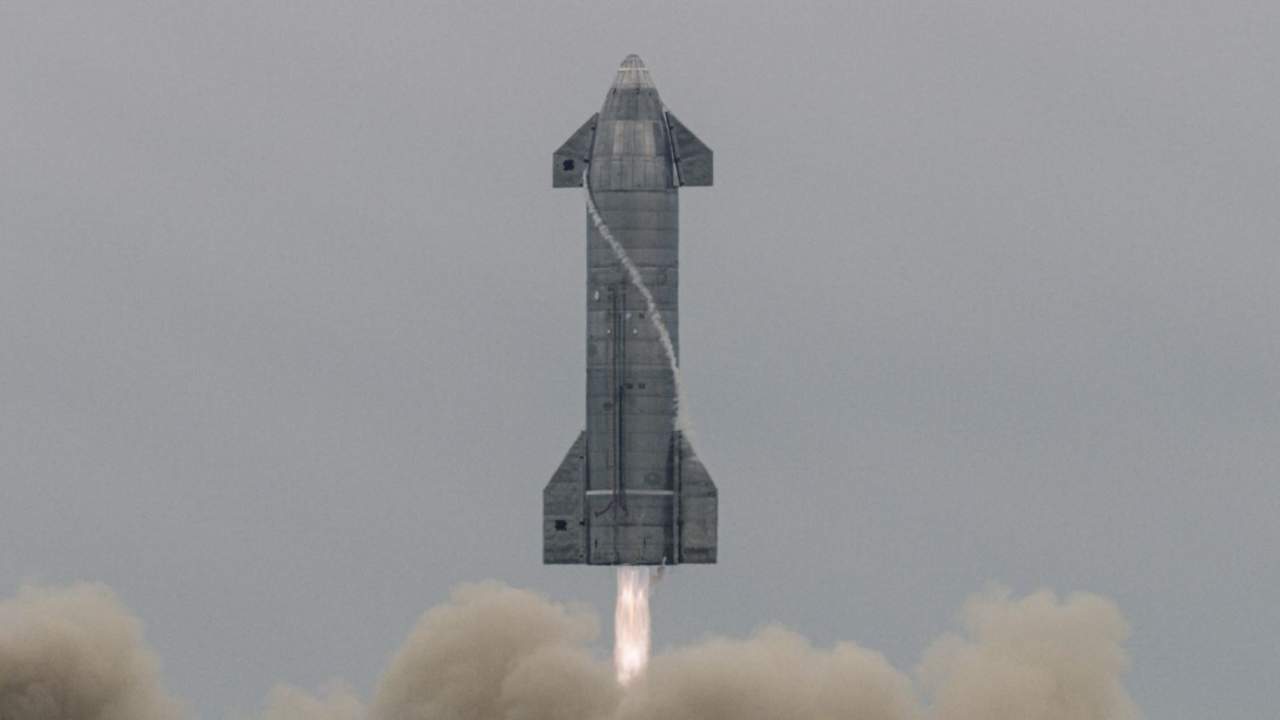
The first part is launching off our planet. Once Super Heavy has separated from Starship it will light its engines and put itself in an orbit around Earth. At this point, the plan is to have an additional Starship launched into orbit to refuel the first one. This is needed when making the 6 month plus journey to Mars. Once Starship is fully fueled it will light its engines again and head for Mars.
After the long journey, it will finally arrive and enter the atmosphere. More than half of Starship will be covered with heat shield tiles allowing it to push through the intense temperatures and land safely on the surface of Mars. They will need to do this process countless times to get all the necessary cargo and humans on the planet.
What Do They Still Not Know?
SpaceX has a very in-depth plan of how to get to Mars but there are still a lot of questions and concerns. One of the biggest is radiation. Here on Earth, our thick atmosphere helps protect us from the constant high levels of radiation out in space. While Mars has an atmosphere it still gets exposed to a lot more radiation than humans should be in contact with over a long period of time. The shelters built on the surface will have to counter this in some way to keep the astronauts safe. Some plans show building a base underground while others create unique shelters on the surface. There are so many unanswered questions and concerns about putting humans on a planet and living 250 million miles from Earth.
Conclusion
Right now we live in a very exciting time regarding the space industry. For the last few decades, there has not been much progress. Finally, companies like SpaceX are setting goals and working towards them at a pace never seen before. They still have a lot of challenges ahead of them but they continue to do what seems impossible. When they first talked about their plan for the Falcon 9 booster to land itself nobody thought it would work. They now have successfully landed almost 100 boosters. Their newest rocket Starship is unique and exactly the type of innovation needed to put the first humans on Mars by 2026. With SpaceX’s constant progress and high standards, it is very likely we will watch them be the first in the world to put humans on Mars within a decade.
